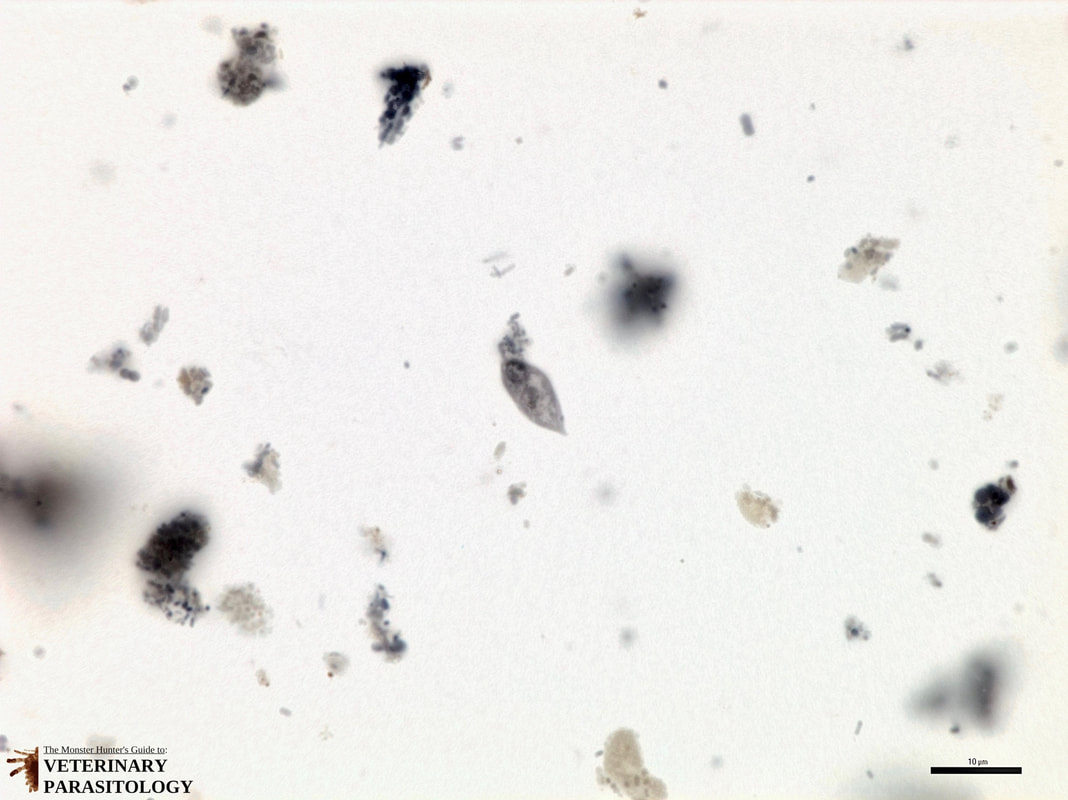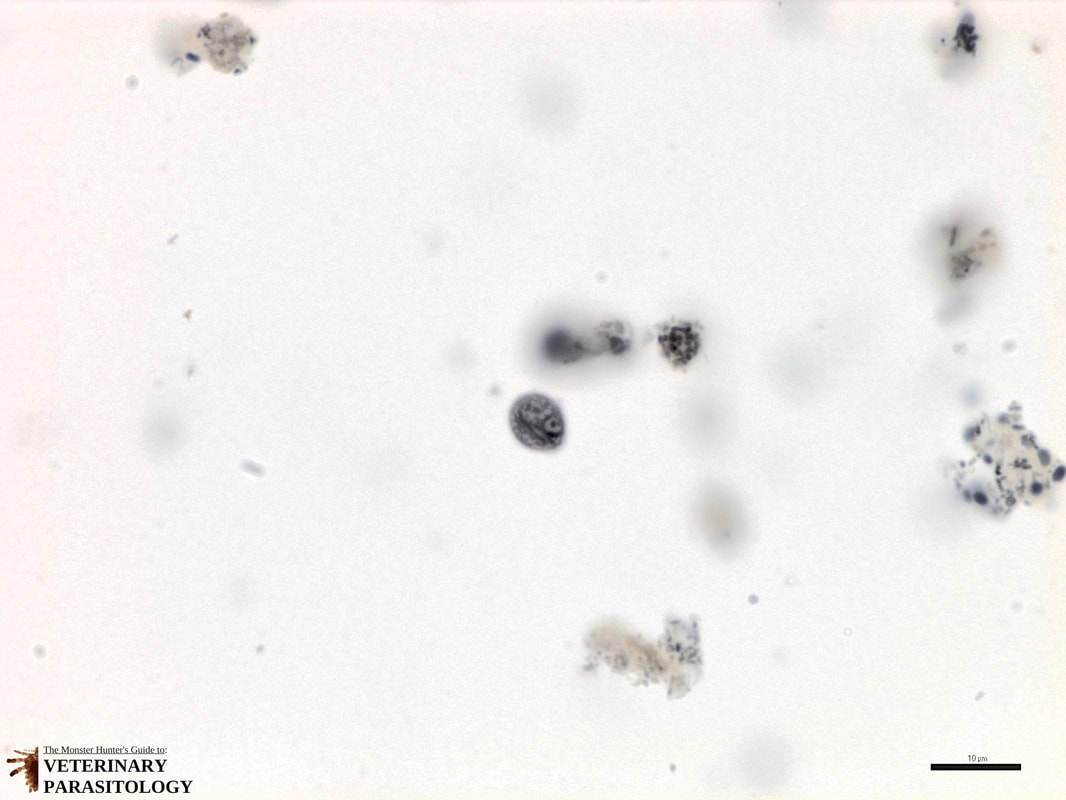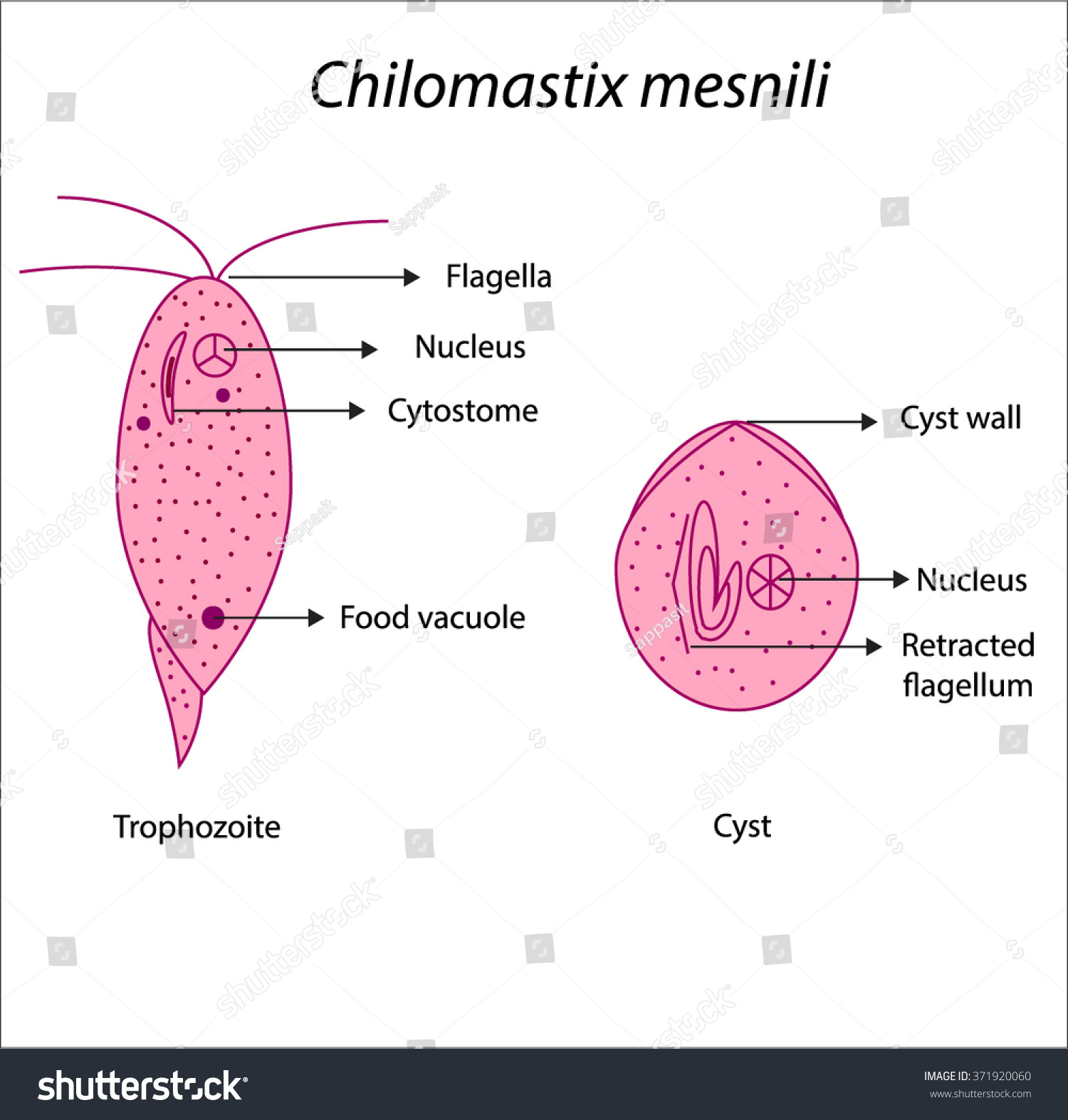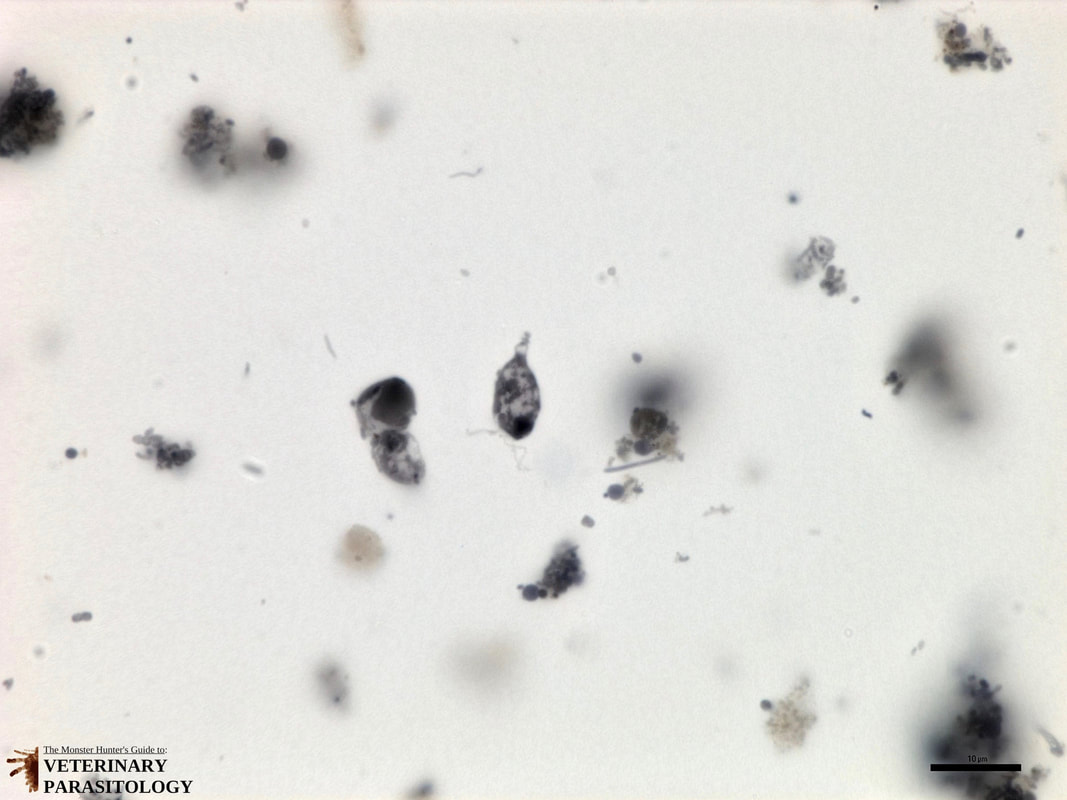Chilomastix sp. Protozoa MONSTER HUNTER'S GUIDE TO VETERINARY

Chilomastix mesnili Medical Laboratories
Chilomastix mesnili is a nonpathogenic flagellate that is often described as a commensal organism in the human gastrointestinal tract. Life Cycle View Larger The cyst stage is resistant to environmental pressures and is responsible for transmission of Chilomastix. Both cysts and trophozoites can be found in the feces (diagnostic stages) .

Chilomastix sp. Protozoa MONSTER HUNTER'S GUIDE TO VETERINARY
Chilomastix mesnili is of cosmopolitan distribution although found more frequently in warm climates. It is thought to be non-pathogenic although the trophozoite has been associated with diarrhoeic stool. Morphology of the cyst The cyst is 6-9 m It has a large single nucleus with a large karyosome.

CHILOMASTIX MESNILI PDF
Other Intestinal Protozoa and Trichomonas Vaginalis - Medical Microbiology - NCBI Bookshelf studies have found that normal human milk (but not cow's milk or goat's milk) kills trophozoites of both Entamoeba histolytica,

Chilomastix mesnili Trophozoites YouTube
Molecular diagnosis Extraction of Parasite DNA from Fecal Specimens Morphologic comparison of intestinal parasites Serum/Plasma Specimens Safety Specimen Requirements Specimen Submission Detection of Antibodies Antibody Detection Test Other Specimens Shipment Tissue Tissue specimens for free-living amebae (FLA) Isolation of Leishmania organisms

10 Practical Parasitology Chilomastix Mesnili Cyst Stage YouTube
For Entamoeba spp., C. mesnili, E. nana, and I. buetschlii, the software was only trained on labels that represented the morphologically distinct trophozoites. Cysts for those organisms were not trained in the model due to a low number of high-quality exemplars and poor quality of morphology on the trichrome stain.

Pin on Parasitology
Chilomastix mesnili. Trophozoite and cyst in fecal smear (trichrome stain, oil immersion). A larger trophozoite and a smaller cyst are seen side by side. The trophozoite has the typical pyriform shape and a nucleus with a large, central karyosome. The cyst is more rounded than lemon-shaped and the karyosome is seen in the nucleus. Trophozoites.

Chilomastix sp. Protozoa MONSTER HUNTER'S GUIDE TO VETERINARY
Chilomastix cuniculi is a non-pathogenic organism observed in the cecum of the rabbit. The trophozoite is pyriform with three anterior flagella, a large cytosomal groove near the anterior end and an anterior nucleus. The trophozoite ranges in length from 3-20 µm ( Pakes and Gerrity, 1994 ).

pyriform trophozoite
Regarding its phylogeny, Chilomastix mesnili belongs to the family Tetramitid~e, the ord Polymastigina, r and the class Mastigophora. The habitat of the parasite is th sm~ll intestine ofman. It is often the cause ofchronic orintermittent diarrhea. Cases ofinfec-tion by Chilomastix in man have been reported from nearly every locality in the world.

Chilomastix mesnili Parasitology world
representatives of the genus Chilomastix. trophozoites with single nucleus; 3 anterior flagella and a fourth small flagellum within the cytostomal groove trophozoites with oblique, spiral groove lemon-shaped cysts; mononucleate cytostomal fiber prominent and hook-like in both trophozoite and especially cyst (Shepherd's crook) representative species

Chilomastix mesnili YouTube
The undulating membrane of Trichomonas and the spiral groove of Chilomastix may not be visible in all cases. Cryptosporidium oocysts can be demonstrated in acid-fast stains. Table 3: Differential Morphology of Protozoa Found in Stool Specimens of Humans: Amoebae-Trophozoites

Chilomastix sp. Protozoa MONSTER HUNTER'S GUIDE TO VETERINARY
Infection by Chilomastix mesnili was determined by PCR method. Results: We identified nonpathogenic bacteria such as Proteus mirabilis and Escherichia coli in feces of normal common marmosets..

Chilomastix mesnili Medical Laboratories
The trophozoites of C. mesnili are also pear-shaped and measure from 6 to 24 µm in length and 4 to 8 µm wide. The single nucleus usually has a prominent karyosome. The anterior flagella are difficult to see. The oral groove (cytostome) is sometimes seen near the nucleus. The image on the left is an iron hematoxylin stain (1000x). Wet Mounts

Chilomastix mesnili a photo on Flickriver
2000 Apr;86 (4):327-9. 10.1007/s004360050051 Microscopy, Electron, Scanning Scanning electron microscopy of Chilomastix mesnili shows that the cysts are lemon-shaped with one end broadly rounded and the other conical. The trophozoite has five flagella coming out of the anterior end.

(a) Giardia sp. (cyst), (b) Entamoeba hartmanni (cyst), (c) Chilomastix
Abstract. Scanning electron microscopy of Chilomastix mesnili shows that the cysts are lemon-shaped with one end broadly rounded and the other conical. The trophozoite has five flagella coming out of the anterior end. Four of these are free and the fifth is attached to the body by an undulating membrane. The undulating membrane extends along.

Chilomastix mesnil,cyst and trophozoite Royalty Free Stock Vector
This photomicrograph of an iodine-stained specimen, revealed some of the ultrastructural morphology exhibited by a flagellated, Chilomastix mesnili trophozoite. Note the organism's distinctly visible cytostome. Trophozoites are pear-shaped and usually measure 6-24 µm in length.

Chilomastix sp. Protozoa MONSTER HUNTER'S GUIDE TO VETERINARY
Infection by Chilomastix mesnili was determined by PCR method. Results: We identified nonpathogenic bacteria such as Proteus mirabilis and Escherichia coli in feces of normal common marmosets. Interestingly, C. mesnili was isolated from a healthy common marmoset by fecal centrifugation concentration and PCR.